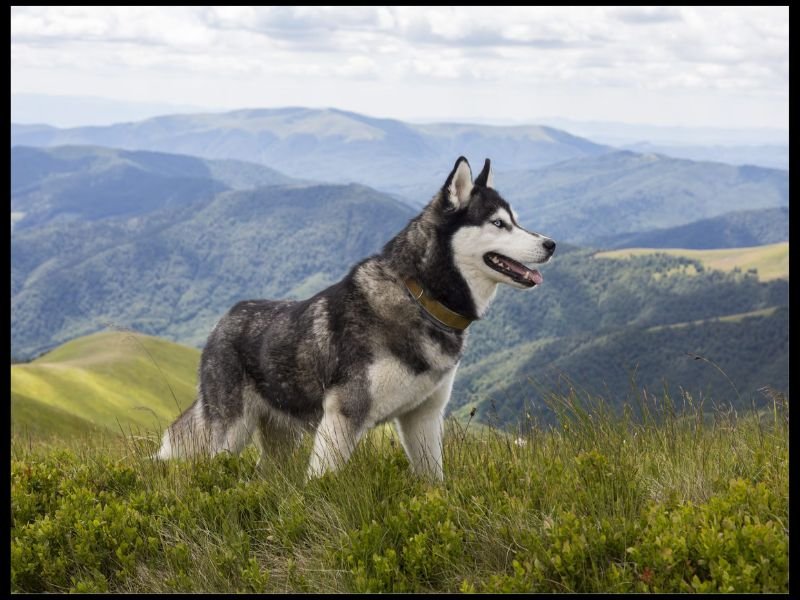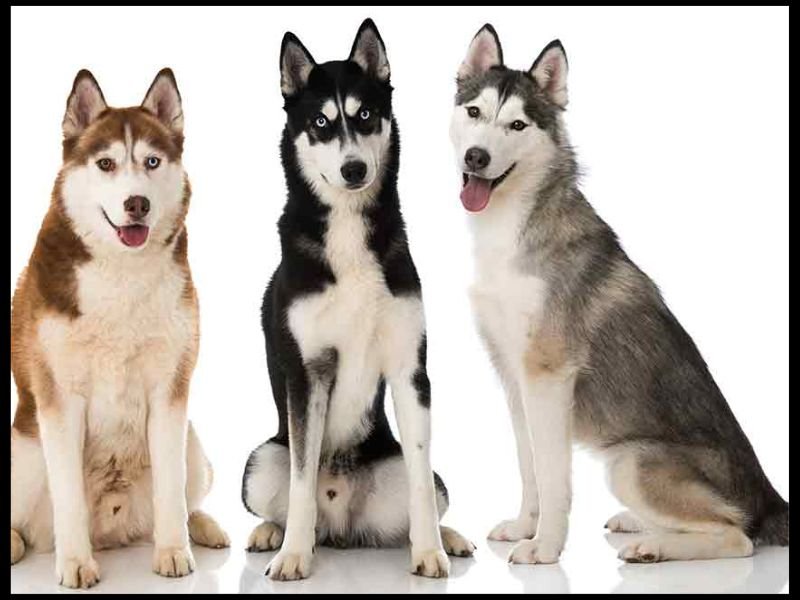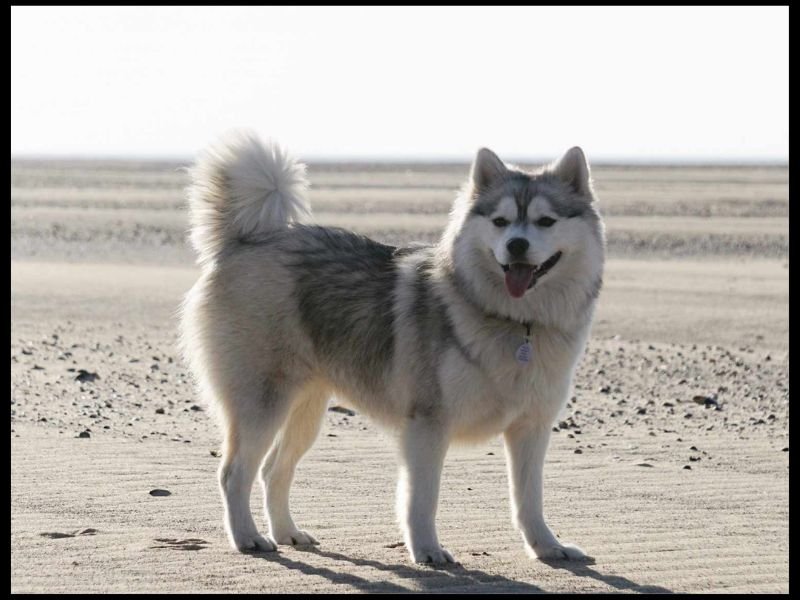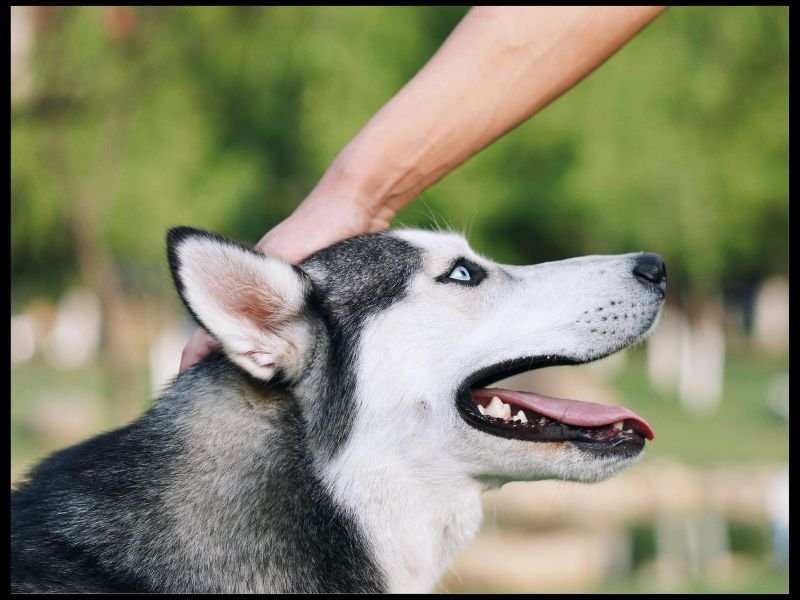Siberian Huskies: Breed Overview, Care, and More
Siberian Huskies have captured the hearts of pet lovers worldwide with their striking looks, high energy levels, and independent spirits. In this comprehensive guide, we cover everything you need to know about this amazing breed—from the history and unique features of the Siberian Husky to specific topics like miniature Siberian Husky, Siberian Husky puppies, behavior, lifespan, pricing, adoption, and common mixes. Whether you’re a potential pet owner in the United States or a seasoned breeder, this article is packed with detailed information designed to answer all your questions about Siberian Huskies.
1. Introduction to the Siberian Husky
Siberian Huskies were bred centuries ago by the Chukchi people in the Siberian Arctic, originally developed as sled dogs to haul loads over long distances in extremely cold climates. Their endurance, agility, and friendly demeanor made them essential for survival in harsh environments. Today, Huskies are cherished family pets, admired for both their working capabilities and their striking, sometimes wolf-like appearance.

Key Attributes of Siberian Huskies:
- High Energy: These dogs require ample exercise; they thrive on outdoor activities.
- Social and Independent: Known for their friendly nature, they are social with people and other dogs, yet have an independent streak that can challenge novice owners.
- Beautiful Coats: From the common grey and white combinations to unique red, agouti (brown), or all-white variants, their colors and markings are a major draw.
- Vocal Tendencies: Huskies are known to howl and “talk”, which adds to their charm but may require training if noise is an issue.
2. Exploring Different Types of Siberian Huskies
Siberian Huskies come in various forms. Each variant brings its own set of characteristics while retaining the core qualities of the breed. Below we explore some of the most popular types:
2.1. Standard Siberian Husky
The standard Siberian Husky is the breed that most people recognize—medium-sized with a thick double coat, erect ears, and a friendly, outgoing temperament. They’re perfect for active families or those who love outdoor adventures.
2.2. Miniature Siberian Husky
A smaller version of the traditional Siberian Husky, the Miniature Siberian Husky is bred to maintain the same features and temperament but in a compact size. These dogs are ideal for urban living or homes with limited space, while still boasting high energy levels and a cute appearance.
2.3. White, Red, and Other Color Variants
- White Siberian Husky: Known for their all-white coats and stunning blue eyes, these huskies are rare and visually striking.
- Red Siberian Husky: With a rich, copper-red hue, these huskies provide a unique alternative for those seeking something different.
- Agouti/Brown Siberian Husky: Sporting earthy tones, these huskies carry a distinctive look among the common color variants.
- Black Siberian Husky: Even rarer, these huskies have an all-black coat that stands out dramatically in any setting.

A summary of color variations:
| Color Variant | Key Features |
|---|---|
| Standard (Grey/White) | Classic look with a mix of grey, black, and white markings |
| White | All-white coat, often with striking blue eyes |
| Red | Copper-red coat, sometimes with lighter markings |
| Agouti/Brown | Earth-toned fur with unique patterns |
| Black | Rare all-black coats, dramatic appearance |
3. Siberian Husky Behavior & Temperament
Siberian Huskies are celebrated for their intriguing combination of independence and friendliness. Here are some behavior characteristics you should know before bringing one home:
3.1. Social and Outgoing
These dogs are typically very social and love being around people. They are friendly with strangers, making them excellent companions. However, their playful and sometimes mischievous behavior might require a little extra training.
3.2. Independent Mindset
Huskies are known to be stubborn. This independence can sometimes translate into challenges during training sessions. Consistent, positive reinforcement training methods work best.
3.3. Vocal Communication
Huskies are notorious for howling and using a range of vocalizations. This trait can be endearing for some owners but might not suit every household. Training and proper socialization can help manage excessive vocal behavior.
3.4. Energy Levels and Exercise Needs
Due to their working dog background, Siberian Husky puppies and adult dogs both require extensive exercise. A daily regimen that includes long walks, runs, or active play sessions is essential to keep them mentally and physically stimulated.
4. Lifespan and Health Considerations
A well-cared-for Siberian Husky can have a healthy lifespan, making them a long-term commitment as a pet.
4.1. Lifespan and Life Expectancy
On average, Siberian Huskies live between 12 to 15 years. Here’s a table summarizing the lifespan of standard and miniature versions:
| Type | Average Lifespan |
|---|---|
| Standard Siberian Husky | 12-15 years |
| Miniature Siberian Husky | 12-14 years |
Factors like diet, exercise, genetics, and regular veterinary care are pivotal in ensuring a long, healthy life for your Husky.
4.2. Common Health Issues
While generally robust, Huskies can be prone to certain health issues such as:
- Hip dysplasia
- Eye disorders (like cataracts)
- Skin conditions
- Cardiovascular problems
Regular health screenings and a balanced diet (ensure you’re choosing good food for Siberian Husky) will help mitigate these risks.
5. Pricing and Adoption: What to Expect
The cost of a Siberian Husky can vary based on location, lineage, and whether you choose to adopt or purchase from a breeder.
5.1. Siberian Husky Price Range
Below is a general price guide:
| Region | Price Range |
|---|---|
| United States | $500 – $1,500 |
| Russia | $400 – $1,200 |
| Miniature Siberian Husky | $1,000 – $3,000 |
When considering Siberian Husky adoption, rescue organizations can provide dogs at a lower cost compared to purchasing from breeders. Adoption fees typically range from $150 to $300, and you might be saving a life while getting your dream pet!
5.2. Additional Costs
Remember to factor in the cost of:
- Vet visits and vaccinations
- Food and grooming supplies
- Training classes and equipment
6. Popular Mixes and Crossbreeds
Siberian Huskies are sometimes mixed with other breeds, creating hybrids that combine traits from both parents. Some common mixes include:
6.1. Siberian Husky & German Shepherd Mix
This combination blends the intelligence and loyalty of German Shepherds with the energy and striking looks of Huskies.
6.2. Siberian Husky & Malamute Mix
Often resulting in a larger, robust dog with an even thicker coat ideal for colder climates. This mix is prized for its strength and endurance.
6.3. Siberian Husky & Chihuahua Mix
A surprising mix, this results in a small but spirited dog. Despite the size difference, these hybrids can be very playful and energetic.
6.4. Other Notable Mixes
- Siberian Husky and Pitbull Mix: Combines the protective nature of the Pitbull with the friendly demeanor of the Husky.
- Siberian Husky and Arctic Wolf Mix: Known as a wolf hybrid, these dogs have a wild look and require experienced handling.
- Siberian Husky and German Shepherd Mix for Sale: Popular among buyers looking for both intelligence and an impressive physical presence.

Mixes are becoming increasingly popular in the pet market. They offer unique traits, and many come with lower price tags while still delivering on the characteristic attributes of the Siberian Husky.
7. Siberian Husky Care & Maintenance
Owning a Siberian Husky means committing to a lifestyle of regular exercise, attentive grooming, and a balanced diet. Below are some key care tips:
7.1. Exercise and Training
- Daily Exercise: Huskies thrive on physical activity. Aim for at least 1-2 hours of exercise daily.
- Obedience Training: Focus on positive reinforcement. Early socialization helps manage their stubborn, independent streak.
- Mental Stimulation: Incorporate puzzle toys or scent games to keep your Husky engaged.

7.2. Grooming Essentials
- Regular Brushing: Due to heavy shedding, frequent brushing (especially during seasonal changes) is a must.
- Bathing: Occasional baths with a gentle dog shampoo will help maintain a clean coat.
- Fur Maintenance: In colder months, Huskies may require extra grooming attention to manage their thick double coats.
7.3. Nutrition and Diet
Providing high-quality dog food designed for active breeds is crucial. Look for products labeled as the best dog food for Siberian Husky that are high in protein and balanced in nutrients. Feeding schedules and portion sizes should be adjusted based on activity level and age.
9. Conclusion
Siberian Huskies are an energetic and captivating breed, known for their stunning coat colors and independent yet sociable nature. Whether you’re considering a standard or miniature Husky, it’s essential to understand their needs, including exercise, grooming, and training. Huskies can be a great fit for active families or individuals who can meet these requirements. Whether adopting, purchasing a puppy, or exploring various Husky mixes, doing thorough research is crucial to ensuring your new companion’s happy and healthy life. This guide provides essential insights to help you make informed decisions and confidently start your Husky journey.
FAQs
How much is a Siberian Husky?
The price of a Siberian Husky can range from $600 to $1,200 depending on factors like age, breeder, and location.
How much does a Siberian Husky cost?
On average, a Siberian Husky costs between $600 and $1,200, but prices can vary based on factors like pedigree and breeder reputation.
What is the difference between a Siberian Husky and an Alaskan Husky?
Siberian Huskies are smaller and have a denser coat, while Alaskan Huskies are typically used for sledding, are larger, and may have a more mixed breed background.
How big does a Siberian Husky get?
Adult Siberian Huskies typically weigh between 35-60 pounds and stand 20-24 inches tall at the shoulder.
How fast can a Siberian Husky run?
A Siberian Husky can run at speeds of up to 28 miles per hour, making them one of the fastest dog breeds.







